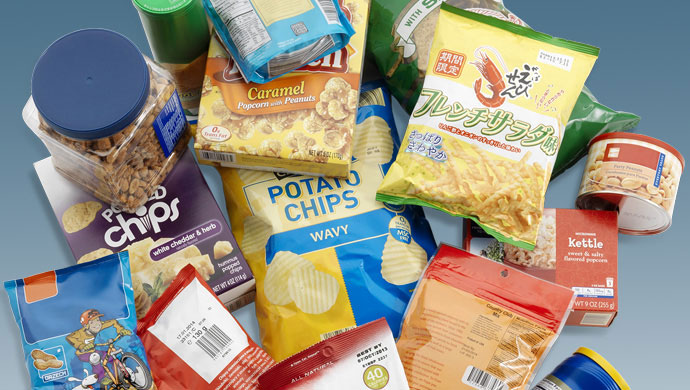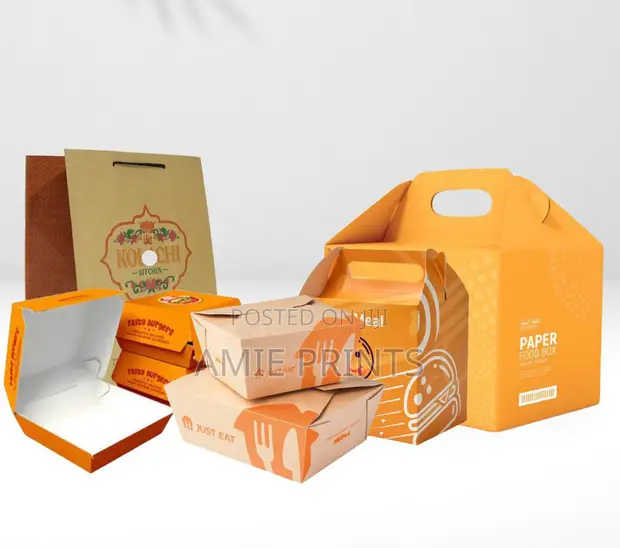The world of packaging is vast and complex, especially when it comes to inks for rigid packaging. These specialized inks play a crucial role in ensuring that the packaging not only looks appealing but also performs well in various conditions. Understanding the nuances of these inks is essential for marketing professionals who are keen on optimizing the branding and functionality of their products.
In recent years, the demand for high-quality and versatile inks for rigid packaging has grown significantly. This is primarily due to the increasing need for attractive and durable packaging solutions that can withstand the rigors of transportation and storage. As the industry evolves, it is important to stay informed about the latest trends and technologies in the realm of packaging inks.

The Importance of Inks in Packaging
Inks are not just about aesthetics; they serve multiple purposes in the packaging industry. They help convey important information, enhance brand recognition, and ensure product safety. For instance, certain inks are designed to be migration-safe, preventing harmful chemicals from leaching into the product.
Types of Inks Used in Rigid Packaging
There is a wide variety of inks used in rigid packaging, each with its own set of properties and applications. Some of the most common types include:
- UV Inks: Known for their quick drying time and resistance to smudging, UV inks are popular in high-speed printing processes.
- Solvent-based Inks: These inks are known for their durability and are often used in applications where the packaging will be exposed to harsh conditions.
- Water-based Inks: As a more environmentally friendly option, these inks are gaining popularity in the industry.
Challenges in Using Inks for Rigid Packaging
Despite their benefits, there are several challenges associated with using inks in rigid packaging. These include issues related to ink adhesion, color consistency, and environmental impact. Additionally, the choice of ink can affect the recyclability of the packaging, which is a growing concern for many brands.
Adhesion and Durability
Ensuring that the ink adheres properly to the surface of the packaging is crucial for maintaining the quality and appearance of the product. Poor adhesion can lead to smudging and fading, which can negatively impact the consumer’s perception of the brand.
Advancements in Ink Technology
The packaging industry is constantly evolving, and so is ink technology. Recent advancements have led to the development of more sustainable and efficient inks that offer better performance and lower environmental impact. For example, BPA-free inks are now available, providing a safer option for food and beverage packaging.
Eco-friendly Inks
Eco-friendly inks are becoming increasingly popular as brands strive to reduce their environmental footprint. These inks are made from renewable resources and are free from harmful chemicals, making them a safer choice for both the environment and consumers.
Best Practices for Using Inks in Rigid Packaging
To maximize the benefits of using inks in rigid packaging, it’s important to follow best practices. This includes selecting the right type of ink for the specific application, ensuring proper adhesion, and considering the environmental impact of the ink.
Choosing the Right Ink
Choosing the right ink involves considering factors such as the material of the packaging, the intended use of the product, and the desired appearance. For example, inks for metal packaging may require different properties compared to those used for paper or plastic.
Future Trends in Packaging Inks
As consumer preferences and regulatory requirements continue to evolve, the future of inks for rigid packaging looks promising. Trends such as digital printing, smart packaging, and the use of nanotechnology are expected to shape the industry in the coming years.
Digital Printing
Digital printing offers numerous advantages, including faster turnaround times, reduced waste, and the ability to customize packaging on a large scale. As technology advances, digital printing is expected to become more prevalent in the packaging industry.

FAQ Section
What are the benefits of using eco-friendly inks?
Eco-friendly inks are made from renewable resources and are free from harmful chemicals, making them safer for both the environment and consumers. They also help brands reduce their environmental footprint.
How can I ensure proper ink adhesion?
Proper ink adhesion can be ensured by selecting the right type of ink for the specific material and application, and by following best practices in the printing process.
What is the future of inks in the packaging industry?
The future of inks in the packaging industry is expected to be shaped by trends such as digital printing, smart packaging, and the use of nanotechnology.
For more detailed information on food-grade inks, you can visit this comprehensive guide.
This article contains affiliate links. We may earn a commission at no extra cost to you.






